Stand on Guard for Aquatic Habitats
With the world’s longest coastline, Canadians can scarcely appreciate all the natural, cultural, and commercial treasures held in our ocean waters. We have only just started to give the marine heritage under our care the attention and protection it deserves.
The urgent need for action is clear from such warnings as the endangerment of ocean migrants, including the bowhead whale, piping plover, St. Lawrence beluga, and leatherback seaturtle; the failure of millions of migratory salmon to return to their spawning grounds on our East and West coasts; and the harm done to vital habitats, like the Gulf of Maine, through overfishing, toxic chemical pollution, and coastal development.
To conserve marine migrants and all ocean life, Canada is setting aside key parts of the sea and giving them special status as marine protected areas (MPAs). These sites range enormously in size, organization, degree of protection, and classification. The MPA program arose from the recently proclaimed Oceans Act, which gives three federal government departments — Parks Canada Agency, Environment Canada, and Fisheries and Oceans Canada — responsibility for establishing a network of protected areas. Coastal communities, fishers, naturalists, aboriginal groups, and everyone who has a stake in aquatic health can join or initiate efforts to create MPAs.
Such community-driven action led to the establishment of Igalirtuuq National Wildlife Area in the Northwest Territories — a critical gathering spot for the endangered bowhead whale — and Quebec’s Saguenay-St. Lawrence Marine Park, which shelters the endangered St. Lawrence beluga. Cooperative efforts are now under way to develop a network of MPAs in the Gulf of Maine.
MPAs safeguard not only marine migrants but also commercial fisheries; ocean biodiversity; key habitats, such as spawning, breeding, and feeding grounds; biologically productive sites like coastal marshes and estuaries; and places of historical and archaeological significance. What’s more, they provide educational opportunities, support marine scientific research, and encourage tourism.
If you know of an important or vulnerable spot in the Great Lakes or any of the three oceans surrounding Canada, here’s how you can champion its protection:
- Learn more about MPAs through any of the three federal government departments involved in the program.
- If an MPA already exists in your area, volunteer to assist in its management.
- Find out if an MPA has been proposed in your area. Volunteer to help a local conservation, naturalist, or aboriginal group working to establish an MPA.
- Propose an MPA yourself. Join forces with a group of concerned individuals.
- Voice your support for MPAs at all levels of government: municipal, provincial or territorial, and federal.










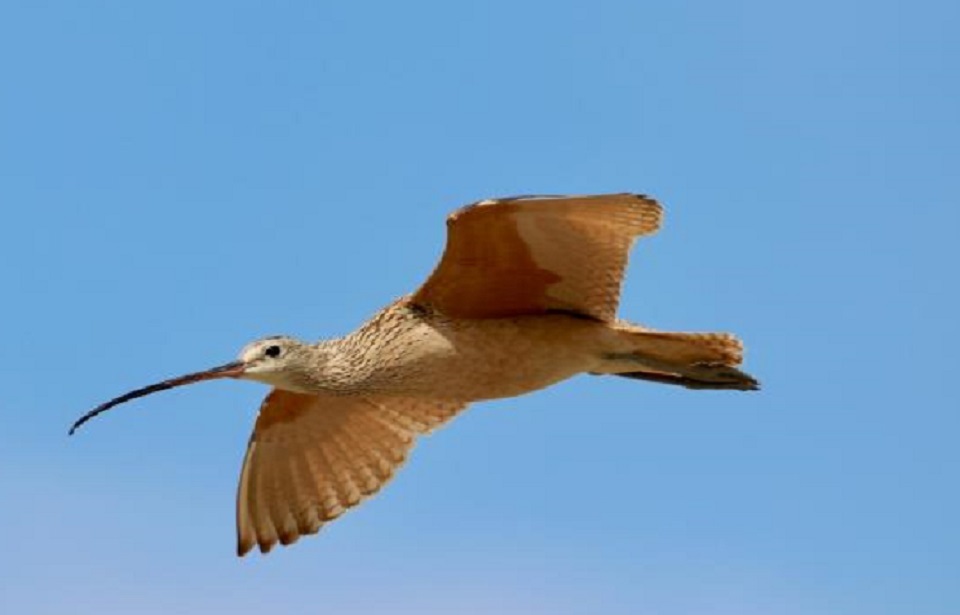

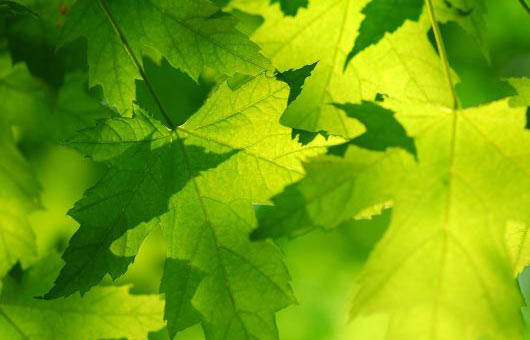

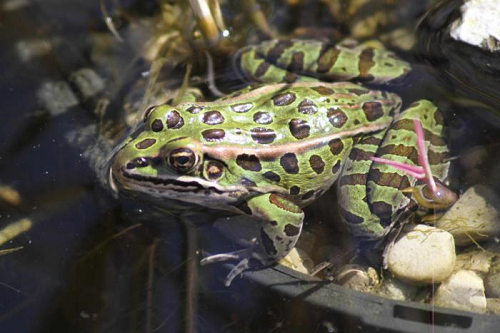



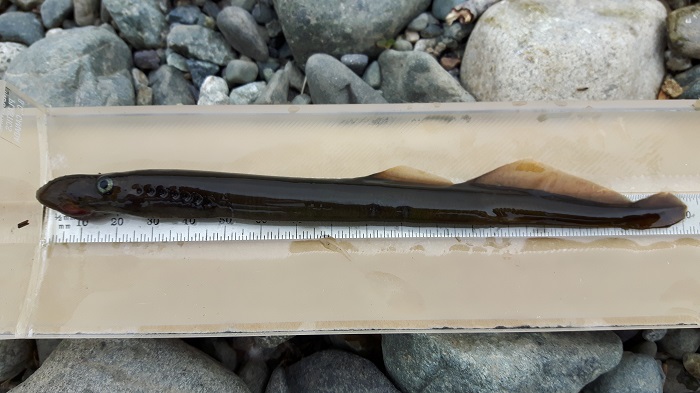

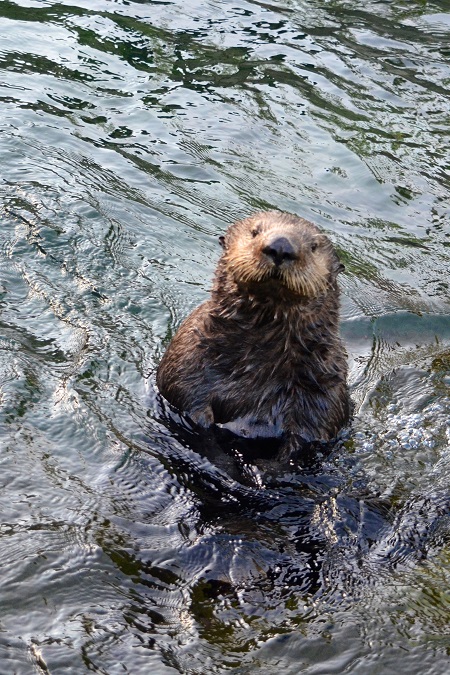








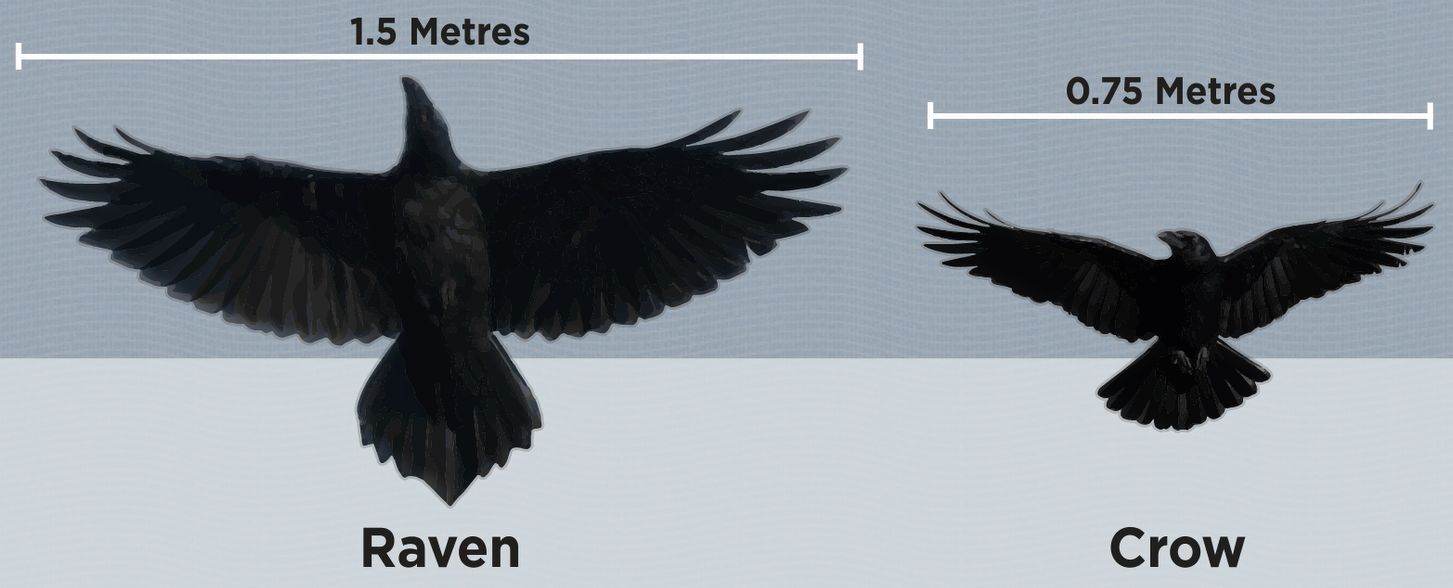
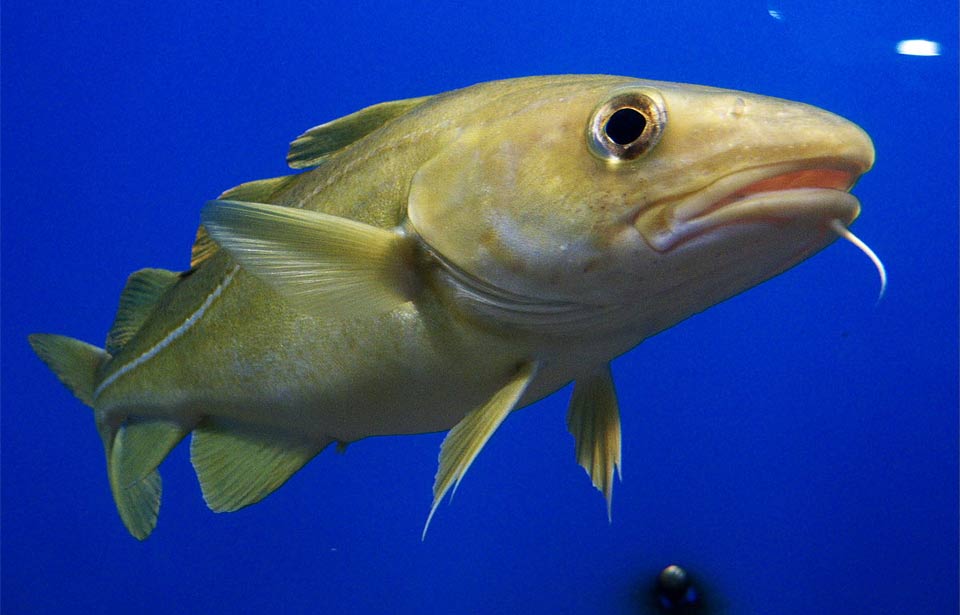
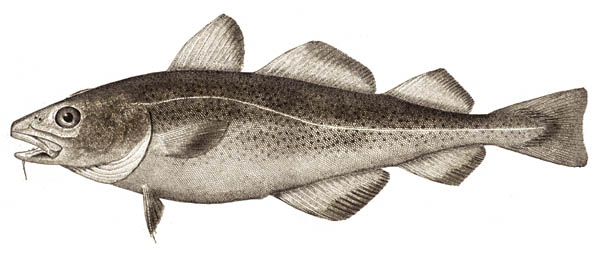 The Atlantic Cod (Gadus morhua) is a medium to large saltwater fish: generally averaging two to three kilograms in weight and about 65 to 100 centimetres in length, the largest cod on record weighed about 100 kg and was more than 180 cm long! Individuals living closer to shore tend to be smaller than their offshore relatives, but male and female cod are not different in size, wherever they live.
The Atlantic Cod (Gadus morhua) is a medium to large saltwater fish: generally averaging two to three kilograms in weight and about 65 to 100 centimetres in length, the largest cod on record weighed about 100 kg and was more than 180 cm long! Individuals living closer to shore tend to be smaller than their offshore relatives, but male and female cod are not different in size, wherever they live.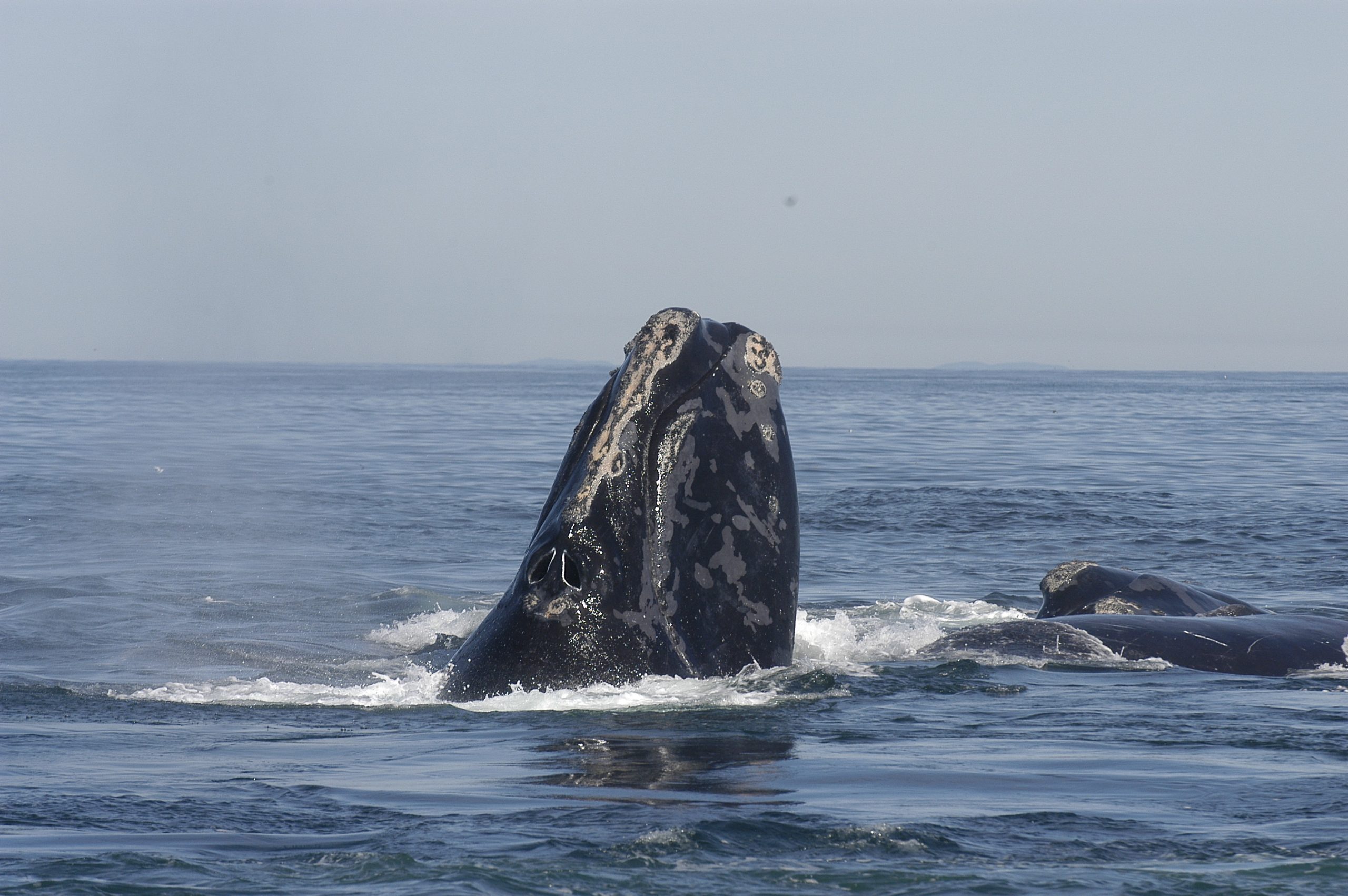
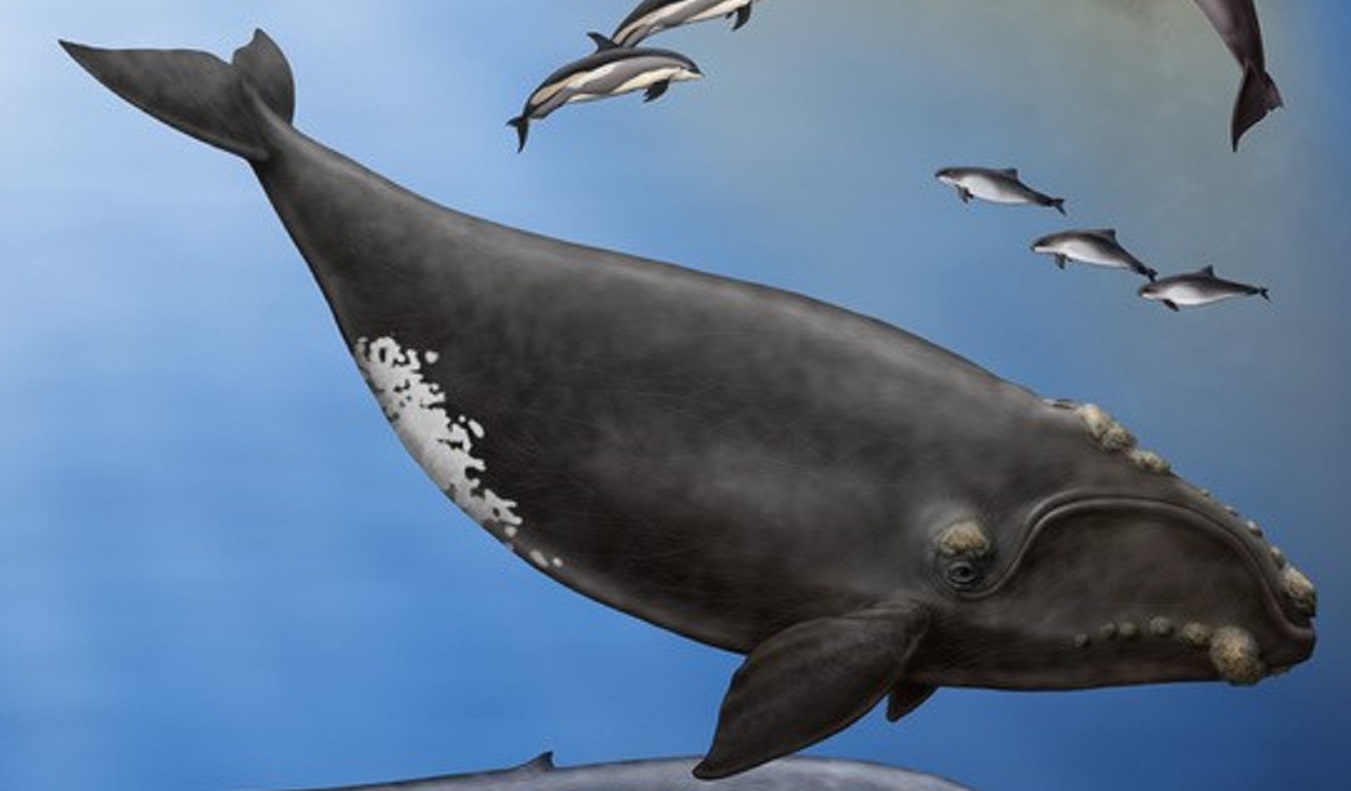 The North Atlantic Right Whale (Eubalæna glacialis) is one of the rarest of the large whales. It can weigh up to 63,500 kilograms and measure up to 16 metres. That’s the length of a transport truck and twice the weight! Females tend to be a bit larger than males – measuring, on average, one metre longer. Considering its weight, it’s fairly short, giving it a stocky, rotund appearance. Its head makes up about a fourth of its body length, and its mouth is characterized by its arched, or highly curved, jaw. The Right Whale’s head is partially covered in what is called callosities (black or grey raised patches of roughened skin) on its upper and lower jaws, and around its eyes and blowhole. These callosities can appear white or cream as small cyamid crustaceans, called “whale lice”, attach themselves to them. Its skin is otherwise smooth and black, but some individuals have white patches on their bellies and chin. Under the whale’s skin, a blubber layer of sometimes more than 30 centimetres thick helps it to stay warm in the cold water and store energy. It has large, triangular flippers, or pectoral fins. Its tail, also called flukes or caudal fins, is broad (six m wide from tip to tip!), smooth and black. That’s almost the same size as the Blue Whale’s tail, even though Right Whales are just over half their size. Unlike most other large whales, it has no dorsal fin.
The North Atlantic Right Whale (Eubalæna glacialis) is one of the rarest of the large whales. It can weigh up to 63,500 kilograms and measure up to 16 metres. That’s the length of a transport truck and twice the weight! Females tend to be a bit larger than males – measuring, on average, one metre longer. Considering its weight, it’s fairly short, giving it a stocky, rotund appearance. Its head makes up about a fourth of its body length, and its mouth is characterized by its arched, or highly curved, jaw. The Right Whale’s head is partially covered in what is called callosities (black or grey raised patches of roughened skin) on its upper and lower jaws, and around its eyes and blowhole. These callosities can appear white or cream as small cyamid crustaceans, called “whale lice”, attach themselves to them. Its skin is otherwise smooth and black, but some individuals have white patches on their bellies and chin. Under the whale’s skin, a blubber layer of sometimes more than 30 centimetres thick helps it to stay warm in the cold water and store energy. It has large, triangular flippers, or pectoral fins. Its tail, also called flukes or caudal fins, is broad (six m wide from tip to tip!), smooth and black. That’s almost the same size as the Blue Whale’s tail, even though Right Whales are just over half their size. Unlike most other large whales, it has no dorsal fin.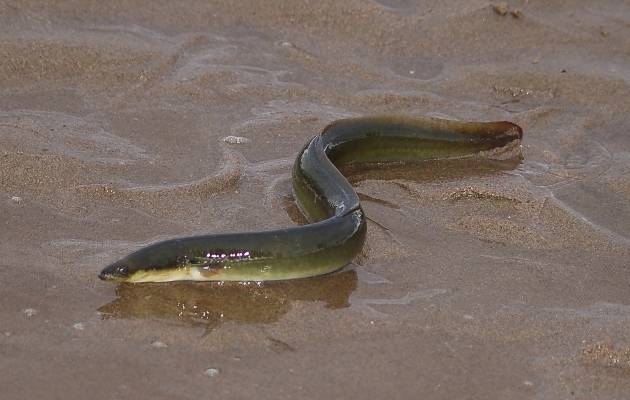
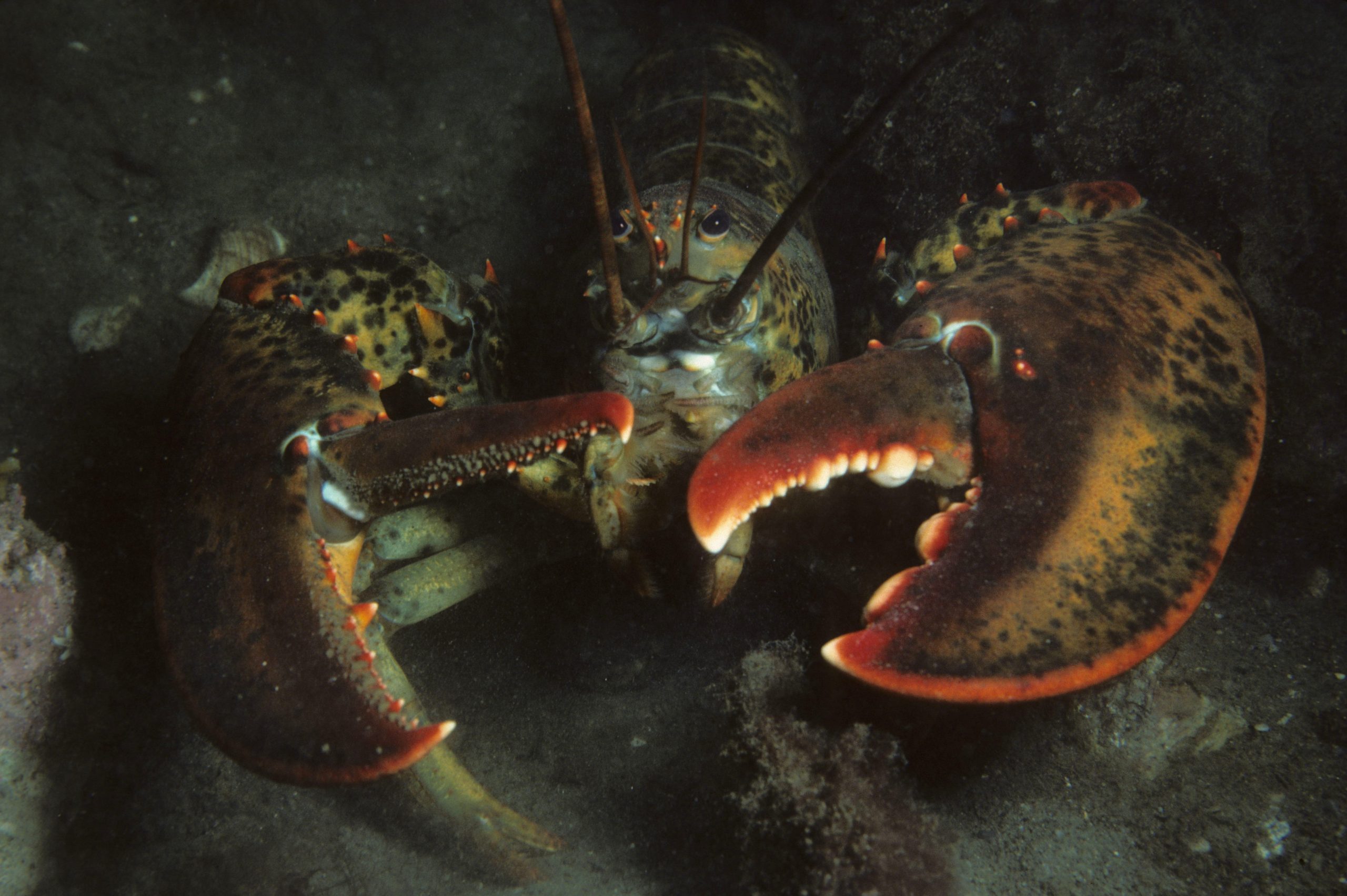
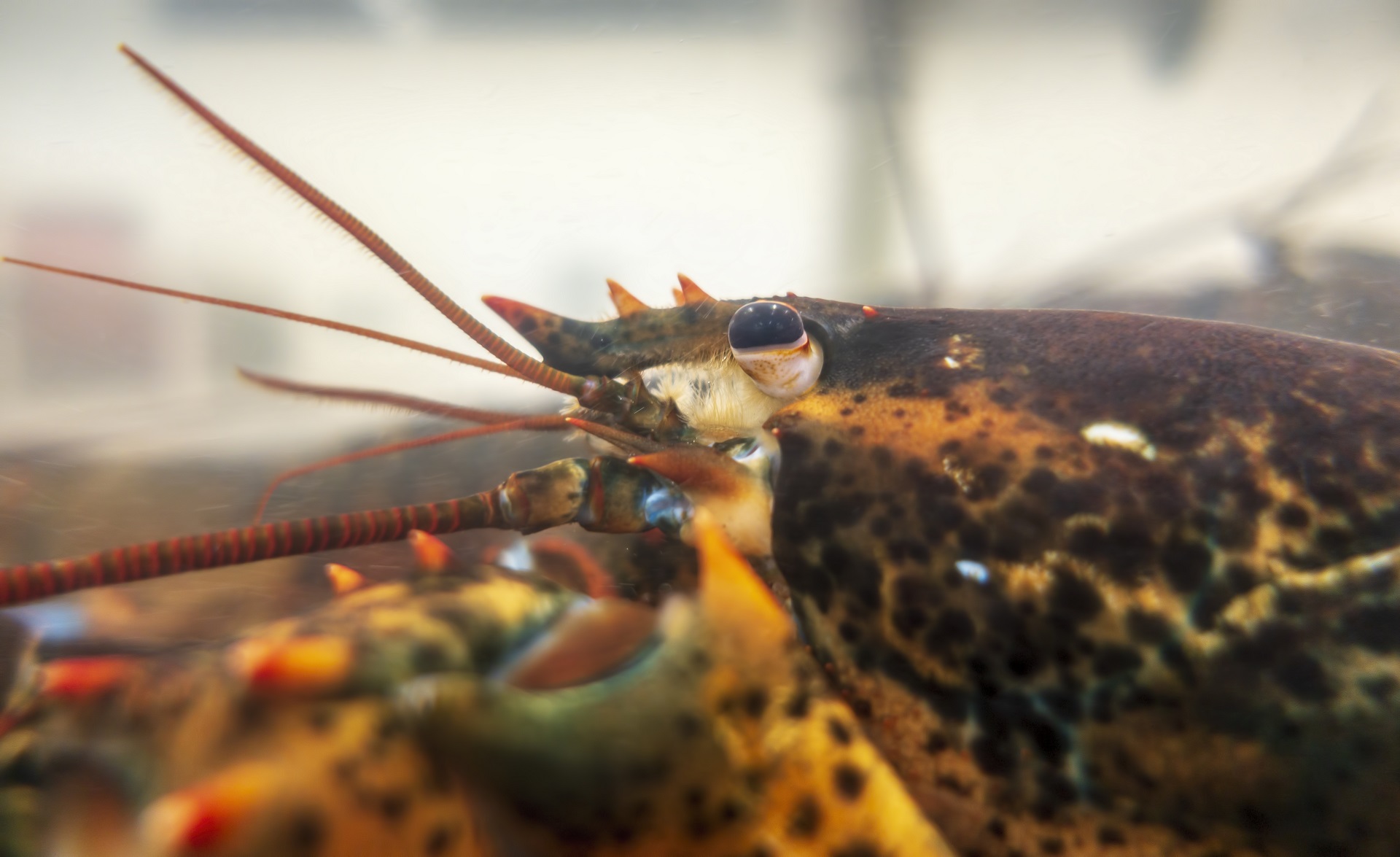
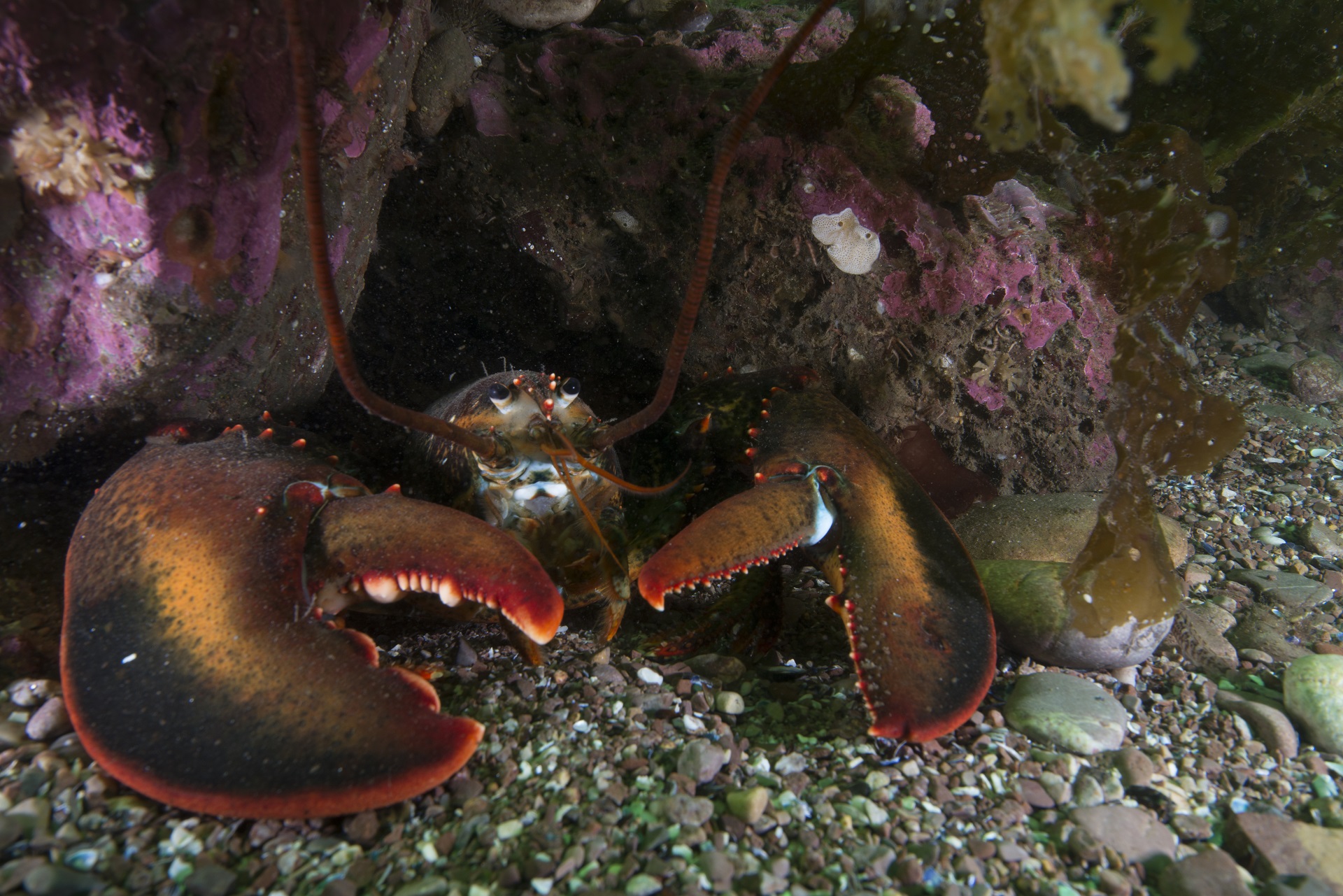
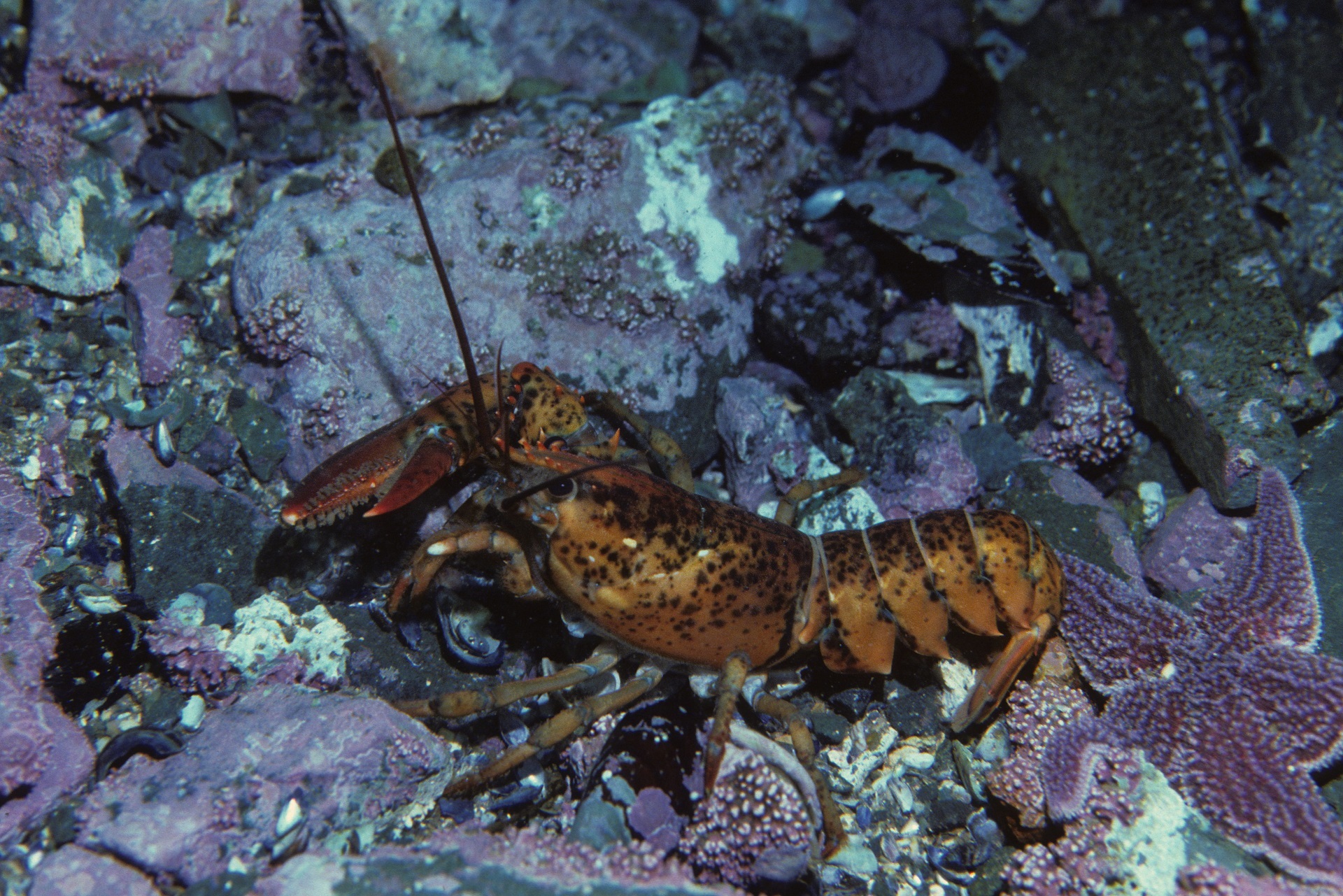



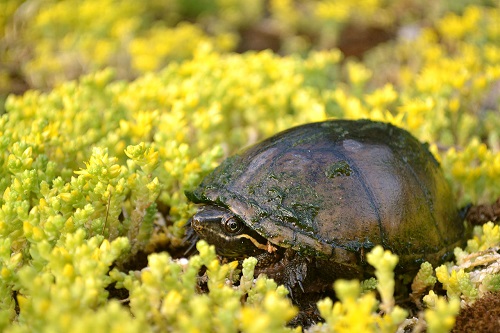

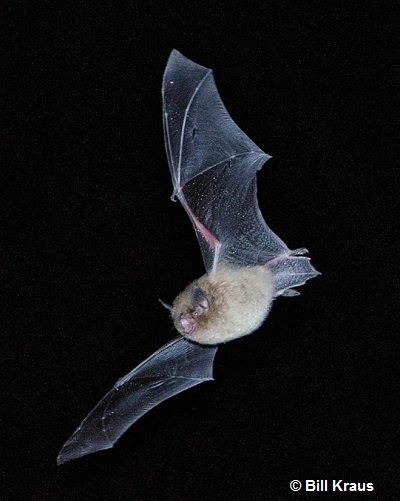

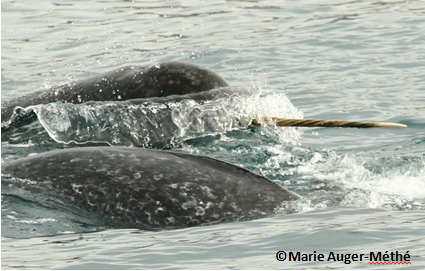
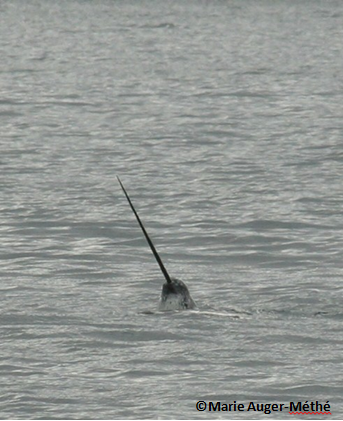



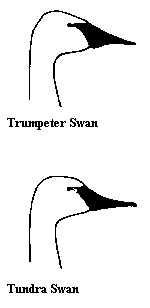 Adult Trumpeter Swans Cygnus buccinator are large birds with white feathers and black legs and feet. The feathers of the head and the upper part of the neck often become stained orange as a result of feeding in areas rich in iron salts. The lack of colour anywhere on the swans’ bodies distinguishes them from other white species of waterfowl, such as snow geese, which have black wing tips.
Adult Trumpeter Swans Cygnus buccinator are large birds with white feathers and black legs and feet. The feathers of the head and the upper part of the neck often become stained orange as a result of feeding in areas rich in iron salts. The lack of colour anywhere on the swans’ bodies distinguishes them from other white species of waterfowl, such as snow geese, which have black wing tips.